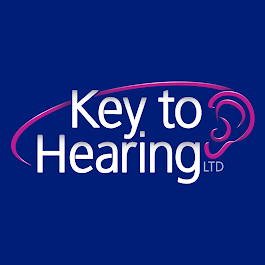How you can benefit from a telecoil in your hearing aid
Find out what a telecoil is and how you can benefit from having one in your hearing aid. Learn how a telecoil works and where you can use this feature.
Why are hearing aids expensive?
Want to understand why the purchase of hearing aids is often seen as a costly exercise? Here we explain the reasoning behind the pricing for hearing aids and hearing care.
